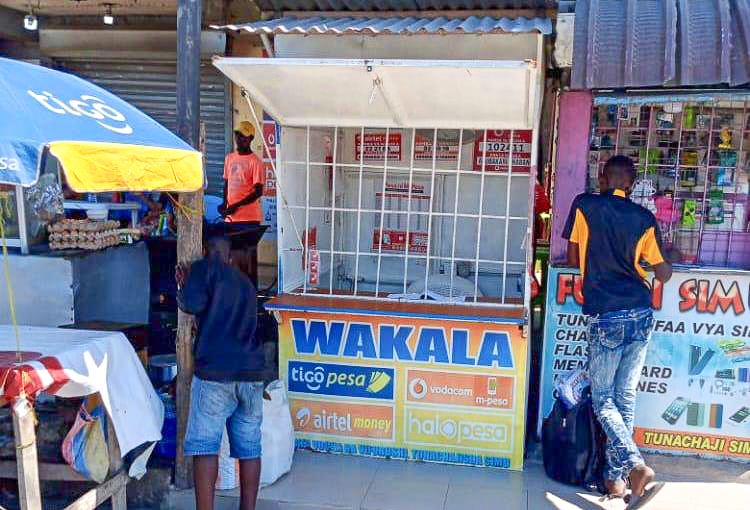How Can You Measure the Real Costs of Digital Financial Services? Do it Yourself with Our New Toolkit

Earlier this month, we unveiled the Year 2 results of the Transaction Cost Index, shedding light on the real costs consumers face when using digital financial services. This work offers critical insights into how we can improve these services for consumers, such as through transparency and detecting consumer risks. If you're wondering, How did IPA conduct this research? And how can I do the same?—well then, you're in the right place. Not only did we carry out the study, but we also created a toolkit to guide you through the process step by step.
The TCI Toolkit is a practical guide to measuring the real costs of using mobile money services, including formal prices, informal fees, service reliability challenges, limited pricing transparency, and service quality issues. It draws on two years of field testing to examine different data collection methods and help users select the most appropriate method for their needs. Think of it as a recipe book to replicate your very own Transaction Cost Index. We see multiple uses.
Who is this Toolkit for?
Policymakers and regulators can use the toolkit to assess agent compliance with mobile money and consumer protection regulations, answering questions such as whether agents charge illicit fees, display price lists clearly, or treat consumers differently. It can also track mobile money transaction reliability, including transaction failure rates, causes, and the rate of agent absence. When regulators publish these service quality indicators, it can spur providers to compete on these important dimensions.
Financial service providers can use the toolkit to monitor agent performance and better understand the consumer experience. The toolkit can help identify where agents may be offering low-quality service or engaging in misconduct. Providers can use this information to improve agent training, strengthen oversight systems, and address specific pain points in the service journey.
Researchers can use the toolkit to apply standardized methods for tracking direct fees, informal charges, and service quality, enabling cross-country comparisons and deeper analysis by user demographics or transaction type.
Consumer advocates can use the toolkit to generate evidence on where users are overcharged, misinformed, or underserved, building the evidence for prioritizing consumer protection and promoting inclusive financial services.
What Methods Do We Discuss in the TCI Toolkit?
The TCI Toolkit outlines four approaches for measuring the costs consumers face when accessing Digital Financial Services: tracking official prices, consumer interviews, mystery shopping by professional enumerators, and mystery shopping by local consumers. Each method suits different goals and contexts and comes with tools to help users adapt to local realities and constraints.
Tracking official prices, using data from provider websites, is low-cost and scalable—ideal for ongoing monitoring of formal fees and price transparency, though it misses informal charges and non-monetary aspects of user experience (more of this in our next blog). Consumer interviews offer useful insights into how users perceive fairness and cost, though responses may be affected by recall gaps or limited knowledge. Mystery shopping by professional enumerators provides higher-quality data on informal charges and service quality, but agents may behave differently if they suspect they’re being observed. Mystery shopping by local consumers helps address this by capturing experiences that are more reflective of real-world conditions, especially variations in treatment based on shopper characteristics or shopper-agent relationships. However, it still requires thorough training and oversight to ensure data quality.
What’s Next?
This toolkit marks a small yet significant step toward building a more transparent and risk-aware process for DFS users. We’re excited to see how regulators, providers, and consumer advocates build on this work to drive better consumer outcomes. As regulators, researchers, and consumer advocates adopt these monitoring strategies, our collective financial inclusion efforts become safer and more inclusive.
If you're interested in implementing the guidelines from our toolkit, we'd love to hear from you! Reach out to us at consumerprotection@poverty-action.org. Additionally, If you’d like to learn more about the TCI, you can watch the replay of our webinar here.
Note: This is the second blog of a series focused on IPA's Transaction Cost Index (TCI). See earlier blogs on TCI's first-round results and second-round fieldwork findings. Our final blog, which will be published in the coming weeks, will take a deeper dive on tracking the prices DFS providers post on their websites.











